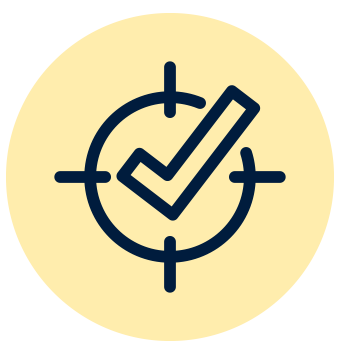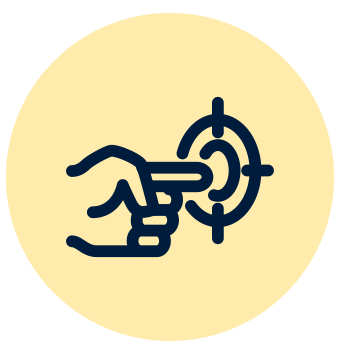Vision:
Safe and healthy work for all
Goal:
Reduced worker fatalities, injuries and illnesses
Within this context of strong progress but some persistent and emerging challenges, the Strategy sets an ambitious goal to further reduce worker injuries and illness. Positively, fatal and serious injuries have declined over the last decade. However, on average each year just under 200 workers are fatally injured at work and in 2021 there were 130,000 serious workers’ compensation claims, with an average absence of 40 days, indicating there is further work to do in reducing workplace hazards.
Targeting attention and activities to those industries with the highest rates of injuries, illnesses and fatalities will have the largest impact on reducing fatalities, injuries and illnesses in Australia.
High-risk industries currently include:
- agriculture,
- construction,
- transport,
- manufacturing,
- healthcare and social assistance, and
- public administration and safety.
In this section:




